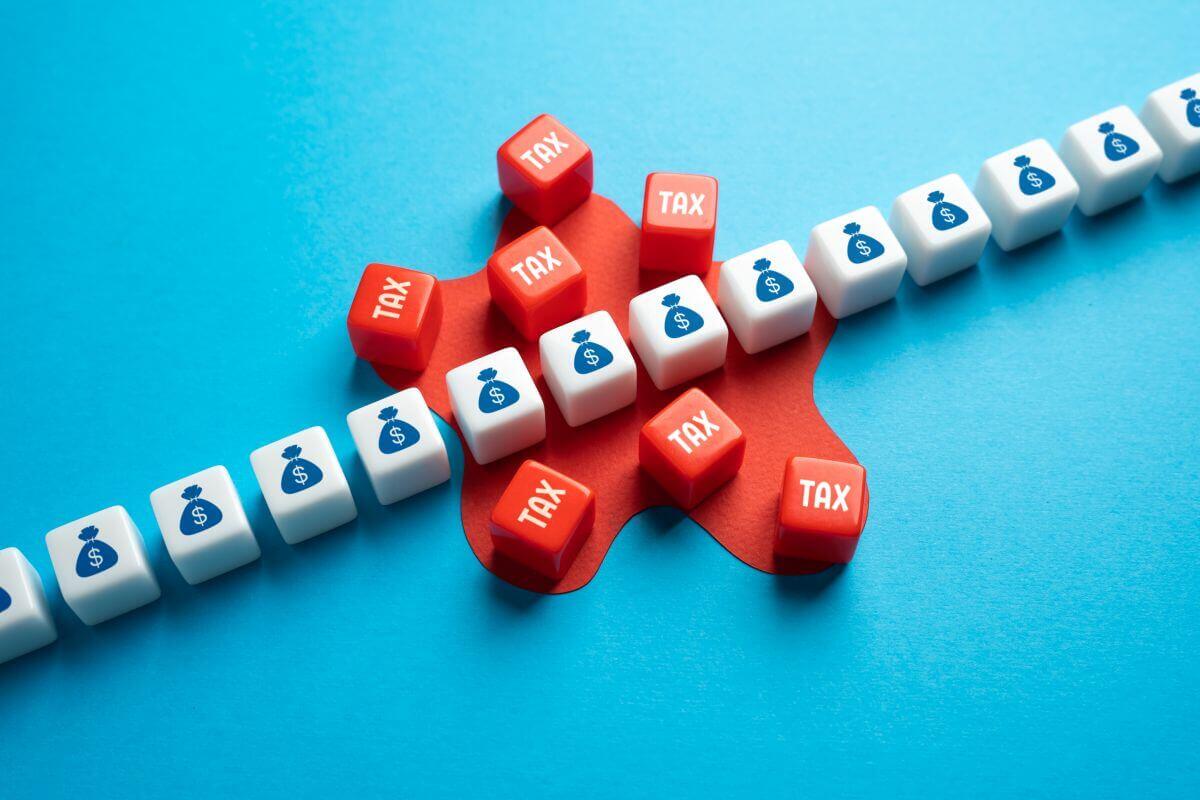Since 1 July 2000 a goods and services tax (GST) has been in effect in Australia. This GST is effectively a tax of 10 per cent applied to the consumption of most goods, services and property in Australia (including imports). GST is not normally applied to goods or services exported or consumed outside of Australia.
Key points to consider:
- If an entity is carrying on a business and its GST turnover equals or exceeds the annual GST registration turnover threshold it must register for GST. As at 1 July 2013 the GST turnover threshold is $75,000 p.a. ($150,000 for non-profit entities).
- A registered entity is legally liable for GST of 10 per cent on the supply of most goods, services or intangibles, except if the supply is ‘input taxed’, ‘GST-free’ or ‘outside the scope’ of GST.
- Normally GST is part of the contract price and recovered from the recipient at the time of supply by the supplier.
- For imported goods GST equalling 10 per cent of the goods’ value is payable, subject to certain exemptions. GST payable also includes the goods’ customs value, customs duty and any transportation costs, like insurance, associated with bringing the goods into Australia, to the extent they have not already been included in the customs value. GST from importers is collected by the Australian Customs and Border Protection Service when the goods are imported into Australia, unless the entity has registered for the deferred GST scheme.
- There may be some service importations taxable under a ‘reverse charge’ rule.
- A GST credit can generally be claimed by for GST paid on items acquired in carrying on a business. However, input tax credits are not available for acquisitions in relation to creating input- taxed supplies, or for any goods or services acquired or imported for private consumption.
- For the suppliers with annual GST turnovers less than $20 million, GST returns are to be lodged quarterly. Suppliers with GST turnovers of $20 million or more are to lodge monthly electronically. Suppliers not required to be registered for GST can elect to lodge GST returns annually.
商品及服务税(GST)
从 2000 年 7 月 1 日起,澳洲税务局开始征收商品及服务税(GST)。这个税一般是消费者在购买商品,服务和物业(包括进口)时进行缴纳的。GST的税率是消费金额的10%。出口商品和服务或其使用是在澳大利亚境外的卖主不需征收商品及服务税。
主要注意事项:
- 无论以什么形式在澳洲开展业务,当营业额超过规定的登记门槛时,必须进行GST的税务注册。从2013年7月1号起,GST的注册门槛为营业额$75,000(非盈利机构的注册门槛为$150,000)。
- 注册后,供应方在提供商品和服务的时候应在报价中提取10%的GST。如果商品和服务是属于免税的范围内的,GST可不被提取。
- 在进口商品时,买主应向海关缴纳10%的GST。该税额是根据商品进口时的报关额来决定的。报关额一般包括货物原本的价值,关税,运费,保险和其他等费用。如果进口时选用了商品及服务税延缓方案(Deferred GST Scheme),商品及服务税不需要在进关时缴纳。
- 在进口服务时,税收有可能根据反向征收法则来进行缴纳。
- 一般情况下,支付GST以后,GST是可在季度和月度退税时向税务局申请退还的。但是,如果购买的商品或服务是免税的,GST是不可以退还的。
- 如果年度营业额在2000万以内,该商户只需要进行季度GST退税。如果年度营业额是2000万或以上的,该商户必须每个月进行电子退税。如果是不需要注册GST的商户,可以选择退年税。
This article is intended to provide general information only, and is not to be regarded as legal or financial advice. The content is based on current facts, circumstances, and assumptions, and its accuracy may be affected by changes in laws, regulations, or market conditions. Accordingly, neither Azure Group Pty Ltd nor any member or employee of Azure Group or associated entities, undertakes responsibility arising in any way whatsoever to any persons in respect of this alert or any error or omissions herein, arising through negligence or otherwise howsoever caused. Readers are advised to consult with qualified professionals for advice specific to their situation before taking any action.








Comment